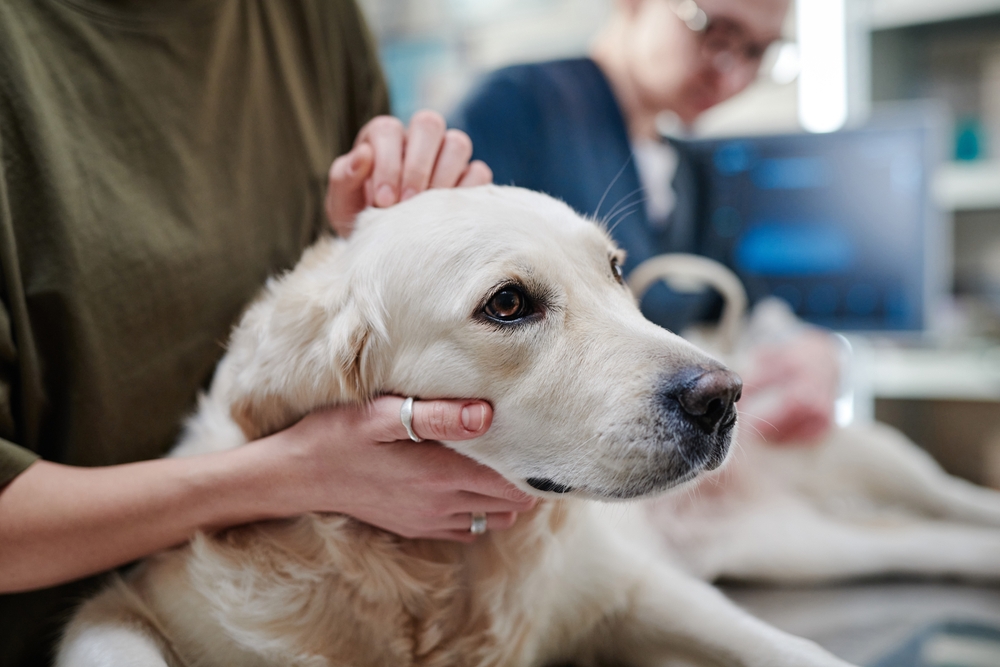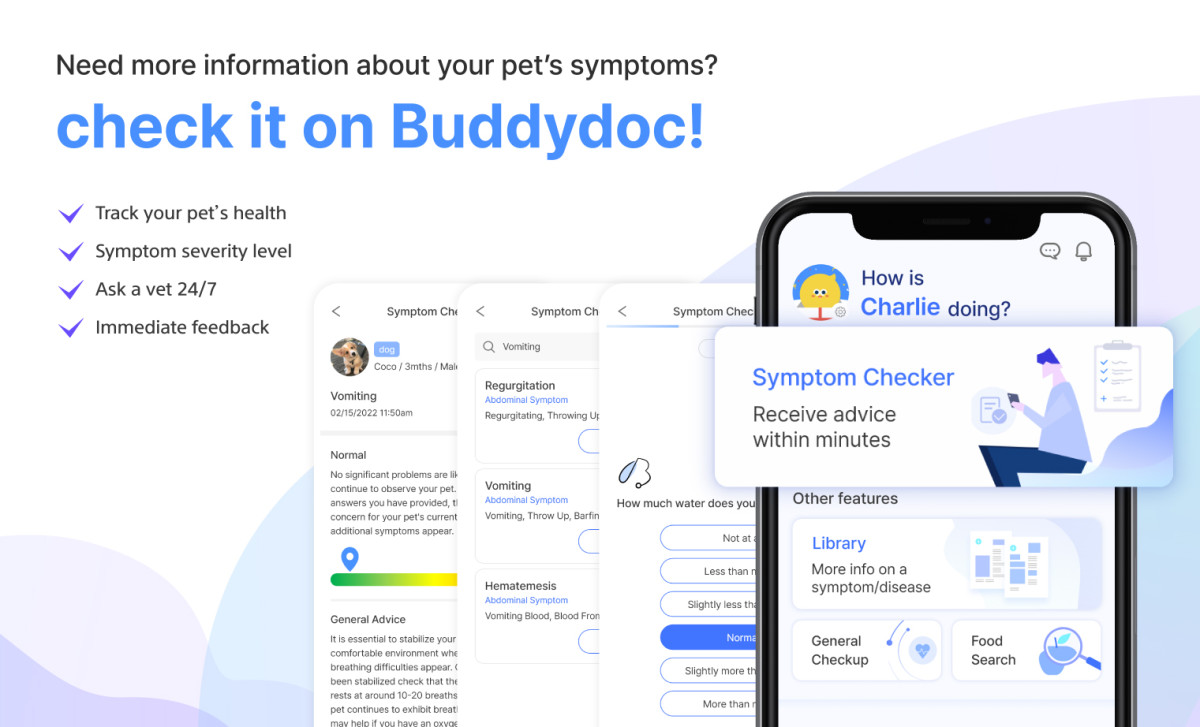SYMPTOMS
Dog Bone Fractures - Signs and Treatment for Broken Bones in Dogs
페이지 정보
본문

Overview
Breaking a bone can be a traumatic experience for you and your dog, and the road to recovery is often filled with stress and challenges. A broken bone in dogs, are typically the result of falls, motor vehicle accidents, gunshot injuries, or even cancer. When a bone is subjected to any excessive force, it can lead to a fracture or break. The hindlimbs are the most commonly affected, with the femur being the most frequently fractured bone in dogs, followed by the tibia and fibula, and then the radius, ulna, and humerus of the forelimbs. While less frequent, pelvic fractures and mandibular fractures can also occur.
Types of Dog Fractures
⦁ Complete fracture
When both sides of a bone are broken.
⦁ Incomplete fracture
If one side of the bone is broken or partially broken/bent.
⦁ Comminuted fracture
If the bone is broken into three or more pieces.
⦁ Complicated fracture
When muscles, nerves, tendons, or blood vessels are damaged alongside a fracture.
⦁ Open fracture
When the bone is exposed to the external environment.
⦁ Closed fracture
When the bone is not exposed to the external environment.
⦁ Salter-Harris
When the fracture passes through the growth plate.
⦁ Articular
If the fracture involves a joint.
Causes of bone fractures in dogs
Broken bones in dogs can be attributed to a variety of causes, with the majority stemming from external activities or accidents. Vehicular accidents are the most common causes of bone fractures followed by a severe fall. It is important to know that age and overall health play a significant role in the susceptibility to bone fractures as well. Older dogs or those in poor health may find their bones more vulnerable to breaking, even with minimal trauma. Additionally, it's essential to note that very small dogs can be particularly prone to bone fractures, as even minor incidents like being stepped on or accidentally tripped by people can result in such injuries.
Signs of broken bone in dogs
Broken bones in dogs often come with various signs, usually following specific activities or accidents. These signs can vary depending on the fracture's nature and location. If a dog is hit by a car and sustains a leg fracture, there may also be complications like internal bleeding and breathing difficulties. Understanding these signs is crucial for prompt and appropriate action and seeking veterinary attention.
Symptoms that may be seen in a fracture include:
⦁ Signs of pain when touching parts of their body
⦁ Difficulty moving the affected limb
⦁ Decreased energy
⦁ Abnormal movements (odd limb movements/wider or narrower range of motion)
⦁ Swelling and bruisingaround the fracture site
⦁ Deformity (shortening of the limb or a lump forming at the site of the break)
⦁ Hard or soft lumps
⦁ Sagging skin
⦁ Crepitus - a grinding sound produced when the ends of bones rub against each other
⦁ Swollen joints
Home treatment options for bone fractures in dogs

Remember, your dog's health and well-being should always be your top priority when dealing with a broken bone. Immediate professional care is crucial, and attempting to treat the fracture at home can lead to further complications. Always consult with your veterinarian for proper guidance and treatment options in the event of a fracture.
Diagnosing a broken bone in dogs
Diagnosing broken bones in dogs requires a careful and thorough approach to ensure accuracy and an effective treatment plan. A preliminary assessment can be made through a physical examination and a review of the dog's medical history. However, this initial evaluation can only suggest a fracture unless there are clear signs such as a bone protruding through the skin or the limb positioned at an unusually severe angle.
To confirm the presence of a fracture and to determine its exact type and severity, X-rays are essential. It's worth noting that obtaining radiographs may require sedation or anesthesia to ensure the dog's comfort and cooperation during the procedure.
Treatment for bone fractures in dogs
After determining the severity and cause of the fracture, a veterinarian will judge the best type of treatment according to your dog’s age, health condition, and location of the injury.
After stabilization, the fractured area is immobilized to prevent further movement or trauma to the surrounding structures. If there is extreme pain, sedation or anesthesia may be administered.
Additionally, medications such as anti-inflammatory drugs or antibiotics are prescribed to help the wound heal and prevent infection.
Fractured bones that support the weight of the body and bones adjacent to joints may require surgical correction. Various techniques and materials, including pins, rods, wires, nails, plates, and screws, may be used. For open and comminuted fractures, external fixation devices may be applied. Surgery may be essential for small dogs due to the possibility that they may not have an adequate number of blood vessels to support the healing process.
Lastly, physical therapy and rehabilitation may be required to ensure they come back running and jumping like they once had before the accident.
How to prevent future bone fractures in dogs
Preventing future bone fractures in dogs is a proactive approach, when entering a new environment and ensuring your dog’s environment at home is clear of potentially hazardous objects and situations that could lead to fractures.
Find out more about your dog’s symptoms and diseases on the Buddydoc app!
Install the Buddydoc app now and ask any questions you have about your dog on our 1:1 ask-a-vet board! The Buddydoc library is filled with everything you’d want to know about each symptom and disease your pet may experience.














